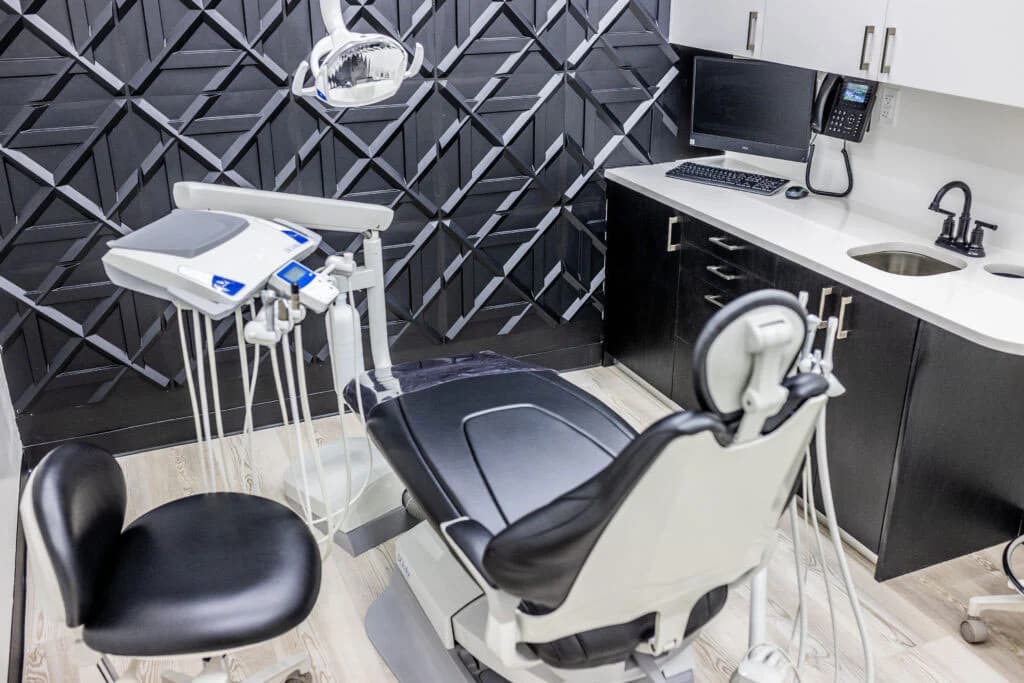Periodontal Surgery
When gum disease has advanced beyond the initial stage, periodontal surgery is often recommended to effectively remove bacteria and tartar from around the teeth and beneath the gums. While scaling and root planing (deep cleaning) can treat the early stages of gum disease, more advanced cases may require surgical intervention to restore oral health and prevent further complications.
Periodontal surgery involves several different procedures designed to eliminate bacteria, reduce pocket depths, and repair damage caused by gum disease. The goal is to halt the progression of periodontal disease and create an environment that supports long-term oral health. Surgery is typically recommended when non-surgical treatments have not been effective or when the disease has progressed to a point where surgical intervention is necessary.
There are several types of periodontal surgery, each designed to address specific issues. Flap surgery (pocket reduction surgery) involves lifting the gums to remove tartar and bacteria from deep pockets around the teeth. The gums are then repositioned to fit snugly around the teeth, reducing pocket depth and making it easier to maintain good oral hygiene.
Bone grafts may be necessary when periodontal disease has destroyed the bone supporting your teeth. Small fragments of your own bone, synthetic bone, or donated bone are used to replace the bone destroyed by gum disease. This procedure helps to regenerate bone and tissue, providing better support for your teeth and improving the chances of keeping your natural teeth.
Soft tissue grafts are used to treat gum recession, a common consequence of periodontal disease. During this procedure, tissue is taken from another part of your mouth (usually the palate) and attached to the affected area to cover exposed tooth roots and reduce further gum recession.
Guided tissue regeneration is a procedure that encourages the regrowth of bone and gum tissue. A small piece of mesh-like material is placed between the bone and gum tissue to prevent the gum tissue from growing into the area where bone should be, allowing the bone and connective tissue to regenerate.
Recovery from periodontal surgery typically involves some discomfort, swelling, and minor bleeding. Most patients can return to normal activities within a few days, though complete healing may take several weeks. Following post-operative instructions carefully is essential for proper healing and the best possible outcome.
The success of periodontal surgery depends largely on maintaining excellent oral hygiene after the procedure. Regular brushing, flossing, and professional cleanings are essential to prevent the recurrence of gum disease and maintain the results of the surgery.
*Always consult with your dentist or periodontist to determine if periodontal surgery is the right treatment option for your specific condition.

Professional Dental Care
State-of-the-art treatments in Astoria
Questions About Your Dental Health?
Dr. Khaimov is here to help you understand all your treatment options.
Schedule Consultation